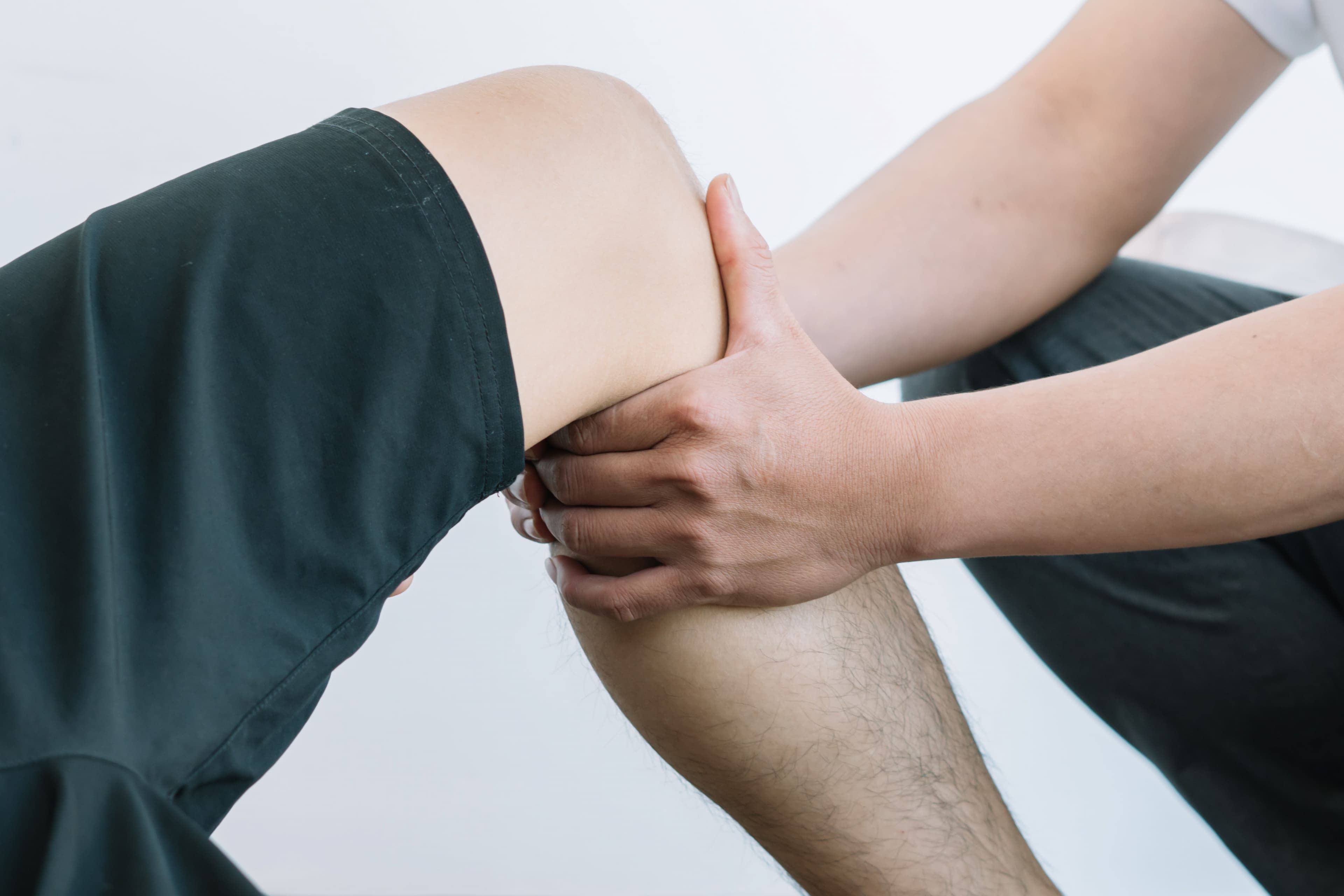Osteoarthritis of the knee: what kind of sport should I do?
Do you suffer from osteoarthritis of the knee and want to start, continue or resume a sporting activity... but are you worried about the limitations that your disease could impose on you? While enjoyment should always be your main guide, choosing the right discipline will enable you to get the most out of your sporting activities, while sparing your joints!
The treatment of osteoarthritis of the knee (or gonarthrosis) is largely based on muscle-strengthening and flexibility exercises, combined with moderate endurance activity such as walking. Done once or three times a week, it has a proven beneficial effect on mobility, pain and general condition(1). But beyond this structured activity with a therapeutic aim, what about practising a ‘real’ sport when you suffer from osteoarthritis of the knee?
General advice to be personalised with a health professional
Low- or moderate-impact sports with little torsional stress are recommended for patients suffering from gonarthrosis(1). However, it is important to bear in mind that the degree of severity of the osteoarthritis affects the patient's sporting ability: very severe osteoarthritis causes pain, stiffness and swelling, making it difficult to practise most sports.
Your GP (possibly accompanied by other specialists) will guide you in your choice of sporting activities, depending on your medical situation, your age and your preferences. He or she will help you to structure your activities according to the deficiencies you have identified and the objectives you are aiming for.
Avoid excessive impact and stress on the affected knee
We now know that sports that generate impacts, repetitive shocks or high stresses on the knee, in the axis of the leg or in torsion, increase the risk of osteoarthritis(1). They may also increase the risk of symptoms developing in a person already suffering from the condition. Various studies have shown that certain sports put severe strain on the knees: football, basketball, handball, rugby, judo, wrestling, weightlifting, racket sports (tennis, squash), water skiing, professional dancing and long-distance running practised intensively or at a competitive level(1).
The risk is increased :
- If these sports are practised in addition to a physical job that is hard on the knees
- If you have poor knee alignment, muscle weakness or are overweight.
On the other hand, sports that improve muscular function while avoiding peak stresses on the joints allow them to stabilise. Sports that meet these criteria and are recommended for people with knee osteoarthritis are low-impact disciplines such as cycling on comfortable terrain, Nordic walking, cross-country or downhill skiing on easy slopes, swimming or diving(1).
Are you a beginner? Watch your movements and equipment!
People with osteoarthritis of the knee who continue or resume sport will be less affected and less at risk of joint damage than those just starting out. In fact, a certain pre-existing muscular strength and a good command of the technique inherent in sport can reduce the risk of injury and pain.
Whatever the level of practice, it's important to adopt quality equipment that absorbs and protects against impact. Naturally, you'll want to choose shoes that are suitable for the sport. In some cases, the use of appropriate knee pads may be advisable. You can also think about the most appropriate training surface. Alternating sports will also help reduce the repetition of joint stress(1).
In conclusion, a final piece of common sense advice: whatever the sport, if it causes significant pain, you should give it up. Why not try a new discipline (with the advice of your doctor or physiotherapist)?
For any other questions, ask your doctor for advice.


